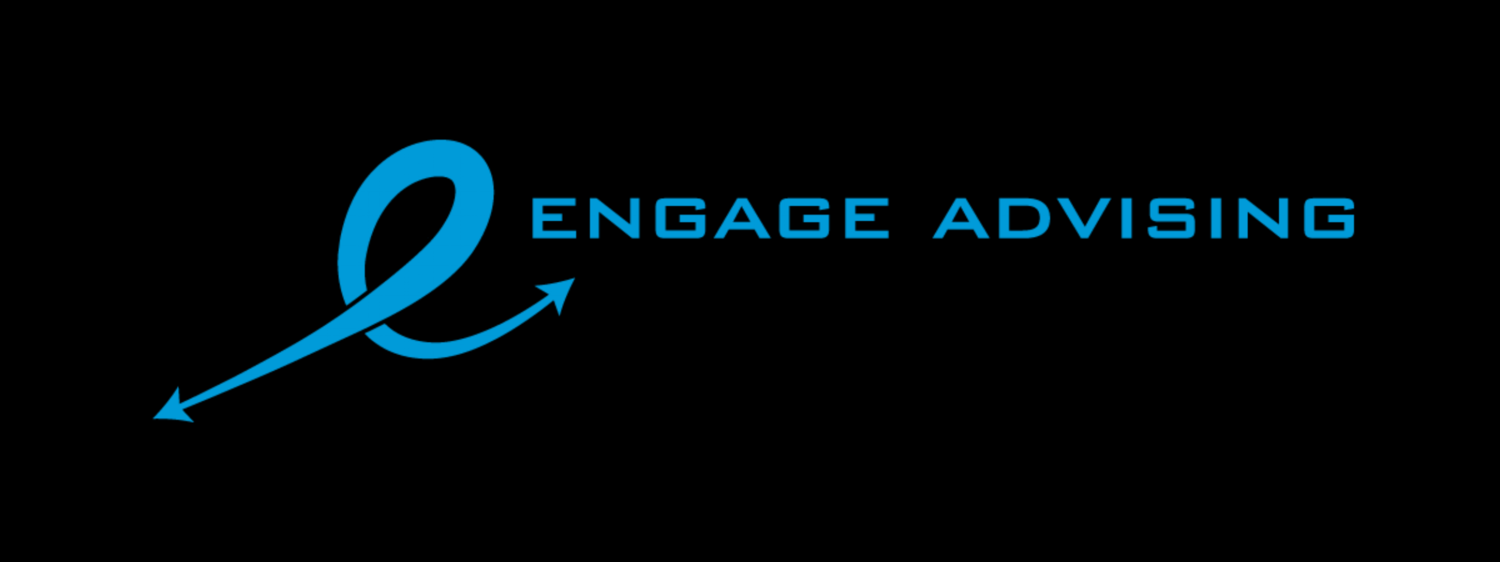Last week I wrote about how money is becoming invisible, especially in the age of apps and home delivery services. One reader suggested I follow up with a post about teaching kids about money and that it’s not invisible. Ok, it was my mom. Thanks, mom!
It is true, kids today don’t actually see cash and they need to. I wrote about talking to kids about money back in January in my post Three Ways to Teach Children Good Money Habits. While the three habits outlined in that post are good ways to teach kids about money, don’t forget the actual, physical cash aspect.
If your child receives an allowance or some form of pay, be sure that they receive part of it in physical cash. Start early with children and show them each type of coin and bill and be sure they understand how much it is. This lesson can start with very young children. When I was little, I had a collection of foreign coins and unique coins. It taught me that there are various forms of money and that was a great early lesson.
For older kids and especially teens, it’s more about learning where that cash comes from and being able to manage their own money (both physical cash and invisible cash on cards or in accounts). One important lesson should be that money is not free and that there is always a trade off to earn or receive that money. Children should know the source of their cash and what was exchanged in order for them to have that cash. Whether it’s your time in exchange for an hourly wage, their time in exchange for an hourly wage, or another avenue such as an insurance payout, inheritance, or gift. They need to know the supply and also know that it isn’t endless.
If you give an allowance, make sure part of that allowance is in cash and establish with your child how long that cash amount has to last them (i.e., how many days or weeks). This will help them learn money management skills. If they know they need to stretch their actual cash received over a certain time period, they can learn to budget based on their needs.
Physical cash shouldn’t be alien to kids. Teach them about it, let them see it, tell them what it is and how much value it has, and have them be involved in their own cash management. If you are planning a foreign vacation, currency exchange adds another level to their lesson. Let them be involved and learn these skills early. Make sure that children understand that cash is real and physical, and not just invisible and a vague concept tied to a plastic card they see you using. The card may signal to them that there is an unlimited supply of money.
As an independent Certified Financial Planner™, I can help you plan for these conversations.Contact me and let’s get your children acquainted with cash. #talktometuesday #education #Hireaplanner #tax #stressfree #tip #tipping #savings #cash #cashinhand #kids #teens #teensandmoney



